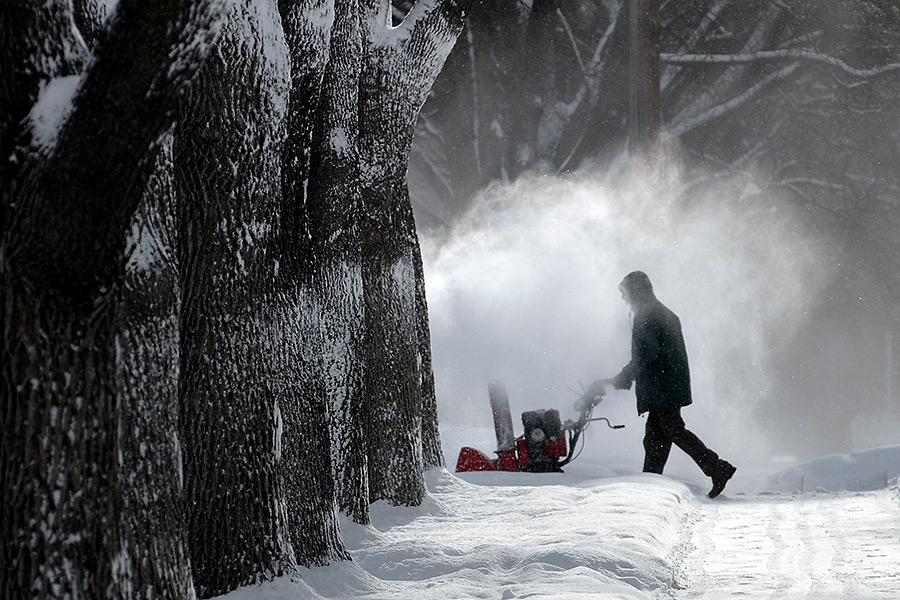Weather forecasters are warning of a series of snow-producing storms headed toward the Flathead and other valleys in western Montana, with road and air travel impacted over the weekend.
The National Weather Service in Missoula released a report for Dec. 8 through Dec. 12, calling for nearly a foot of snow in the valley over a five-day period.
Starting Thursday, Dec. 8, the valley will enter a four-to-five-day period during which several snow-producing storms are expected to rumble through. It’s a relatively rare occurrence, NWS reported, with the last such series happening in winter 2012.
Such a forecast brings up memories of historic snowfalls, NWS said.
In western Montana and the Flathead, the first system is expected to land late on Thursday or early Friday morning, from roughly 3 a.m. to 6 a.m. The Kalispell area is expected to accrue 3 to 4 inches of snow in that 24-hour period, followed by another 2 to 3 inches expected Saturday and into Sunday.
That same timeframe shows potentials of 6 inches of snow a day on Marias Pass.
Early Saturday through Sunday, NWS is expecting a snowfall break, but it’s predicted to pick up again Sunday night and Monday morning when a push of arctic air works into the valley. This should add a few more inches of snow to the valleys, NWS said.
Forecasters are very confident there will be a lot of valley snow from these systems, and that it will affect road and air travelers. Whiteout conditions in Bad Rock Canyon are expected.
The heavy snowfall will be a change in the valley after a relatively dry November. Kalispell normally receives 9.3 inches of snow in the month of November, according to NWS stats. This year saw only 0.7 inches, almost all of which came in the final hours of Nov. 30. The monthly total ranks seventh all time for lowest snowfall for November since NWS records started being kept in 1899.
